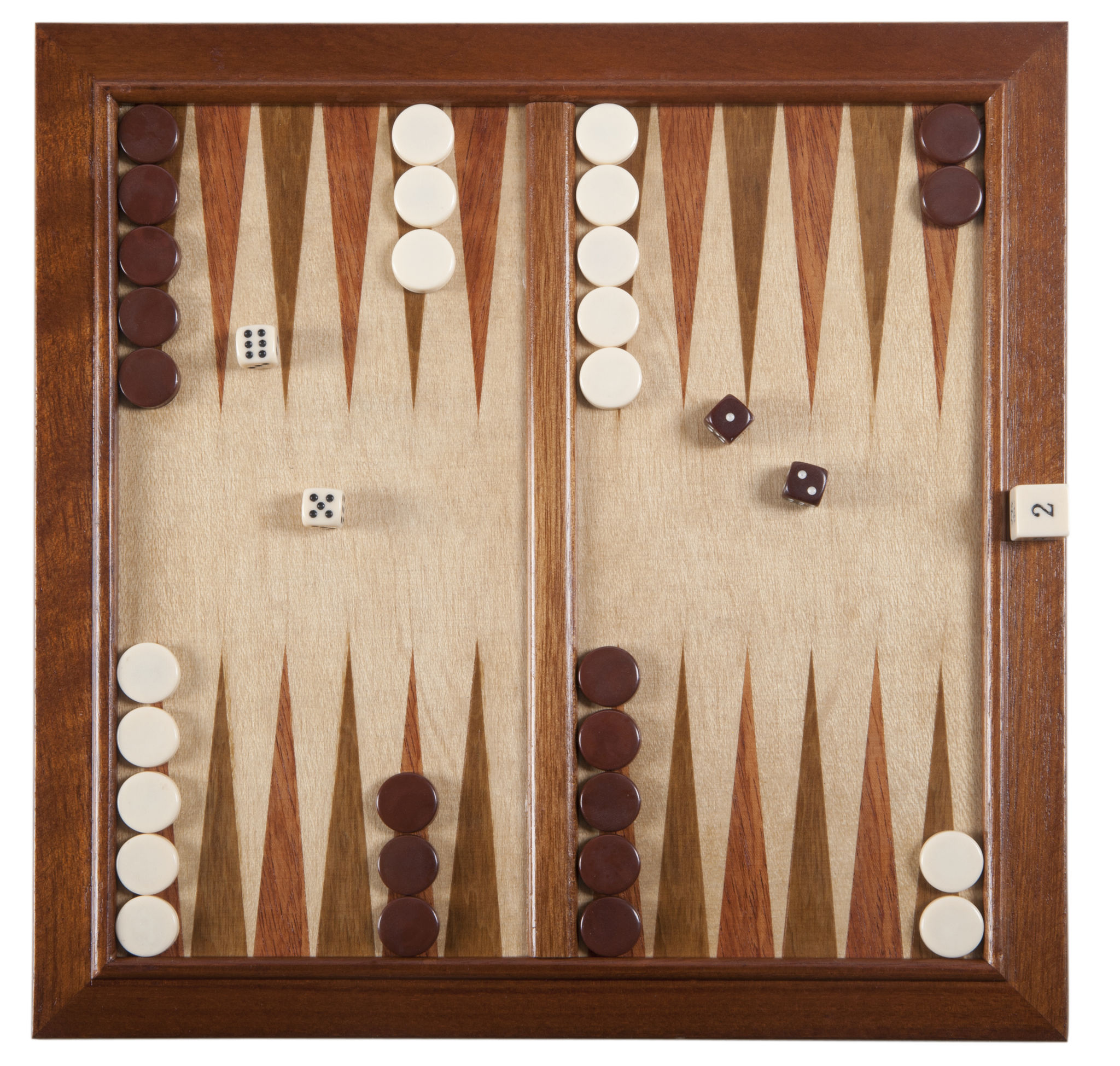Improving Your Game: Advanced Backgammon Tactics
Understanding the Basics of Advanced Tactics
Backgammon is a game that combines elements of strategy, probability, and chance. As players progress from beginner to advanced levels, understanding the nuances of the game becomes crucial. Advanced tactics can significantly improve your game, allowing you to outmaneuver opponents and capitalize on every roll of the dice.
One of the first steps in mastering advanced tactics is to thoroughly understand the concept of pip count. This refers to the total number of spaces your checkers must move to bear off. Keeping a constant eye on your pip count versus your opponent's can help you decide when to play aggressively or defensively.

The Importance of Timing
Timing is an essential aspect of advanced backgammon play. Knowing when to attack and when to hold back can make a significant difference in the outcome of a game. A well-timed blitz can capture multiple checkers and disrupt your opponent's strategy, while strategic holding can prevent your opponent from advancing.
Effective timing often involves understanding your opponent's weaknesses and tendencies. For example, if they tend to be overly aggressive, setting traps and anticipating their moves can give you an advantage.

Utilizing the Doubling Cube
The doubling cube is a powerful tool in backgammon that can change the stakes of the game. Knowing when to offer a double and when to accept or decline one is a skill that separates advanced players from novices. A well-timed double can put pressure on your opponent and force them into making mistakes.
It's crucial to assess not just your position but also your opponent's likelihood of accepting the double. If you have a strong position, offering a double can be advantageous and might prompt your opponent to concede the game prematurely.
Advanced Checker Play Techniques
Advanced players often employ sophisticated checker play techniques to gain an edge. One such technique is priming, which involves creating a series of consecutive blocked points that hinder your opponent's movement. A solid prime can trap opposing checkers, giving you control of the board.

Another technique is back games, where you maintain anchors in your opponent's home board while waiting for opportunities to hit blots and turn the game in your favor. This tactic requires patience and precise calculation but can lead to spectacular comebacks when executed correctly.
Reading Your Opponent
In backgammon, understanding your opponent's mindset is just as important as understanding the board. Observing their behavior, decision-making patterns, and risk tolerance levels can provide insights into their strategy. This knowledge allows you to tailor your tactics to exploit their weaknesses effectively.
Practice is key to becoming proficient at reading opponents. The more games you play against different opponents, the better you'll become at predicting their moves and counteracting their strategies.

Conclusion
Improving your backgammon game requires dedication, practice, and a willingness to learn advanced tactics. By mastering concepts like pip count, timing, the doubling cube, and advanced checker play techniques, you can increase your winning chances significantly. Remember that each game is an opportunity to refine your skills and expand your strategic repertoire.
Whether you're aiming for casual victories or competitive play, these advanced tactics will help you elevate your backgammon prowess. Embrace the complexity, enjoy the challenge, and watch your game improve with each roll of the dice.
